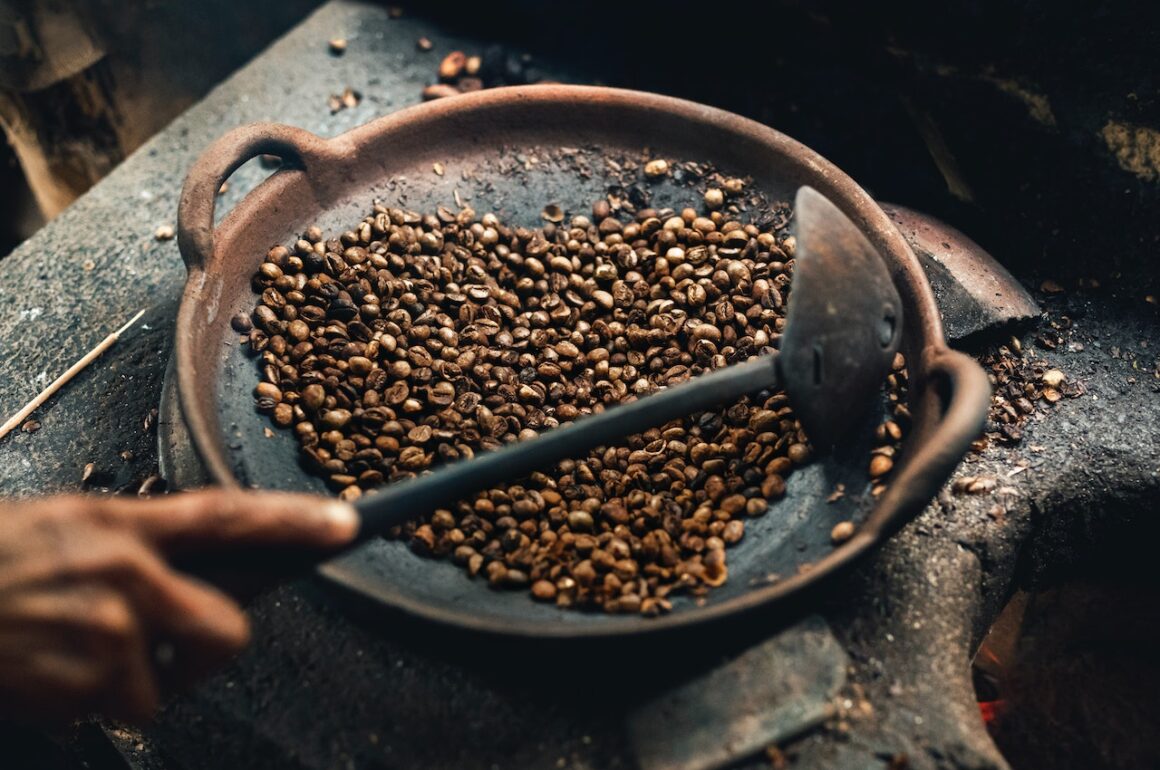
The coffee bean may be one of the most important products in the world. Not only is it one of the most traded commodities, but over one billion people worldwide drink coffee every day. The humble coffee bean has taken quite the journey, originating from trees in Ethiopia to now uniting billions of people across the globe. We look at the meteoric rise of our precious black gold and how you can indulge in gourmet coffee tasting experiences in the most remarkable coffee-producing places on earth.
The origins of coffee
Over 1,000 years ago, the coffee bean was discovered in the Kaffa region of Ethiopia. According to legend, a goat herder named Kaldi discovered the stimulating effects of coffee beans when he noticed his goats became more energetic after eating the berries from a certain tree.
Traders soon began transporting the coffee beans from Ethiopia to the Arabian Peninsula, where the lucrative coffee cultivation and trade began. The port of Mocha in Yemen became a key center for the coffee trade, and it gained popularity in Muslim communities.
In the 16th century, European traders began bringing coffee back to Europe. The first coffeehouses opened in Venice in the late 1500s, and by the 17th century, coffeehouses had become social hubs in major European cities like London, Paris, and Vienna.
Read more: The ‘world’s best restaurant’ is closing its doors – 4 contenders to steal its crown
The 20th-century transformation of coffee
Fast-forward to the 20th century and coffee had cemented its position as a lucrative commodity for the masses. In 1901, Japanese-American chemist Satori Kato created the first instant coffee, paving the way for a new era of coffee consumption. Instant coffee made the humble coffee bean more accessible and easier to prepare and became especially popular among soldiers during World War II.
Another turning point in the history of coffee was the invention of the expression machine. Italian inventors Luigi Bezzera and Desiderio Pavoni created the first espresso machine, which used steam pressure to force hot water through coffee grounds. They introduced it to the world at the 1906 Milan Fair and it took off. Over the following decades, espresso machines evolved into the modern pump-driven espresso machine in the 1960s. These machines made high-quality espresso more widely available and set the stage for the espresso-based drinks that would dominate coffee culture in the coming years.
The next key step in the global takeover of the coffee bean was the arrival of coffee chains. The mid-20th century saw the rise of coffee chains that would come to define the modern coffee shop experience. Founded in 1971, the now globally recognized Starbucks was founded in 1971 and expanded rapidly. With their inviting atmosphere, comfortable seating, and diverse menu of espresso-based drinks, coffee chains like Starbucks made coffee tasting a social and sensory experience.
Read more: The personal touch: our top 5 curated luxury travel experiences for 2023
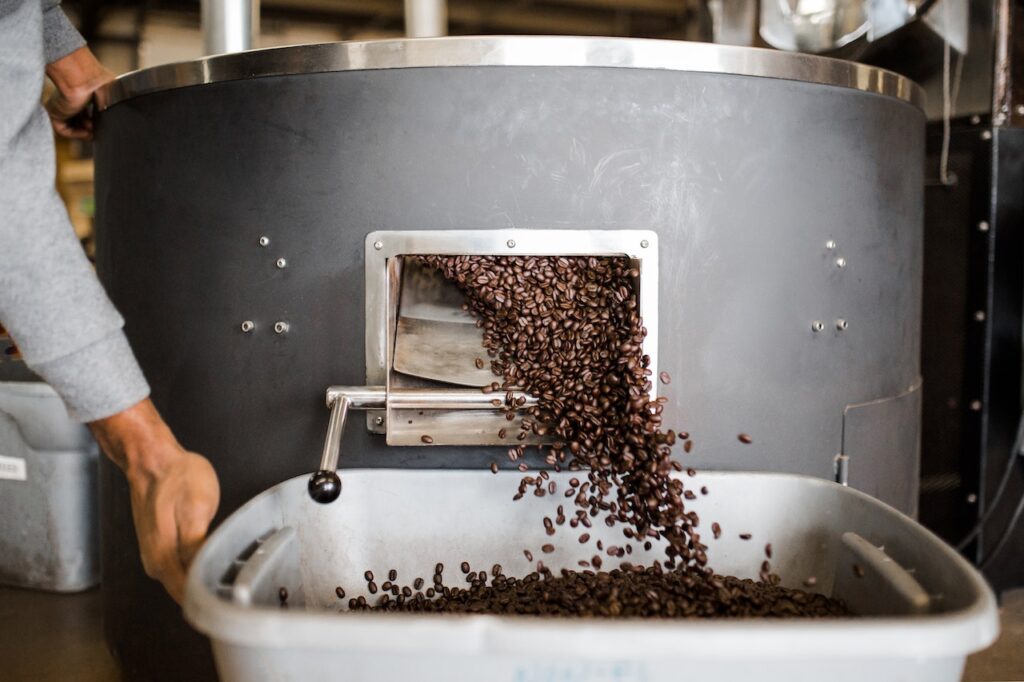 The artisanal coffee movement
The artisanal coffee movement
The mass commercialization of coffee drinking also triggered the specialty coffee movement we continue to adore today. The movement was all about artisanal roasters, baristas and coffee shops focusing on coffee education, appreciation, and holistic quality, from the beans to the brewing process.
Specialty coffee shops began to showcase single-origin beans, highlighting their unique flavors and the countries where they were grown. As consumers became more discerning, coffee producers and roasters were encouraged to innovate and pursue higher quality in every aspect of coffee production.
Today, the coffee bean is black gold, elevated to the status of an artisanal product, akin to wine or craft beer. Coffee shops focus on quality, sustainability, and transparency in their sourcing and brewing practices. In recent decades, there has been a growing emphasis on the ethical and environmental aspects of coffee production. Organizations such as Fair Trade International and Rainforest Alliance have emerged to promote fair prices for coffee farmers, better working conditions, and environmentally sustainable practices.
The coffee industry continues to explore new methods of brewing and serving coffee. Cold brew coffee, which involves steeping coffee grounds in cold water for an extended period, offers a smoother, less acidic flavor profile, and has become the latest trend in coffee culture. As we continue to explore new flavors and brewing methods, the world of coffee shows no signs of slowing down.
Read more: Mayta in Lima, Peru named one of the world’s top 50 restaurants
Our coffee tasting experiences
What was once a humble cup of joe has become black gold; an almost gourmet experience enjoyed by billions. And just as wine tasting is a much-loved experience, you can also find coffee tasting experiences in some of the most incredible destinations in the world, from Asia to South America.
A coffee tasting experience goes beyond savoring the delicious coffee flavors and offers a deeper understanding and appreciation for the diverse world of coffee production and tradition. Whether you’re a coffee connoisseur or simply love coffee in all its forms, these are some of our favorite destinations for an authentic coffee tasting experience.
Read more: Fine dining, dressed down: the cuisine of Vietnam and Cambodia
Brazil
As the largest coffee producer globally, Brazil accounts for around one-third of the world’s coffee production – so you know they make an exceptional cup of coffee. Brazil primarily grows Arabica beans, with some Robusta production as well.
If you’d like to learn about Brazilian coffee cultivation, head to the renowned coffee-growing regions of Minas Gerais, São Paulo, and Espírito Santo. You can also find coffee cupping sessions at specialty coffee shops or roasteries, where you’ll sample different coffee profiles and discover the unique characteristics of Brazilian beans. You also can’t miss exploring Brazil’s thriving coffee scene in major cities like São Paulo and Rio de Janeiro, where you can indulge in espresso brews and single-origin pour-overs.
When you travel to Rio de Janeiro with Luxury Gold, we’ll treat you to a lavish lunch at Confeitaria Colombo, the prestigious coffee shop dating back to 1894. Afterward, continue your exploration of Brazil’s rich coffee culture and more on our grand tour of South America.
Experience it: Classic South America
Vietnam
As the second-largest global coffee producer, Vietnam and coffee go hand-in-hand. The country is predominantly known for its strong Robusta beans and drip coffee but also produces specialty Arabica beans in the high-altitude regions of Dalat and Son La. You can visit the coffee plantations in the Central Highlands, where you’ll learn about local farming practices and coffee cultivation.
You’ll want to try a cup of traditional Vietnamese drip coffee, made by brewing coffee with a metal drip filter and mixing it with sweetened condensed milk. The result is a strong, sweet, and creamy coffee served either hot or iced. You can also sample the unique egg coffee, a blend of strong black coffee topped with a frothy layer of whisked egg yolks, sugar, and condensed milk.
When you travel to Saigon with Luxury Gold, you’ll have the chance to indulge in a coffee tasting. As we wander the streets of Ho Chi Minh, you’ll hear about the local street-side café culture. You’ll then learn the art of making the perfect cup of Vietnamese coffee, before indulging in one of your own.
Experience it: Cambodia & Vietnam in Style
Peru
Famed as one of the leading coffee producers in South America and the world, Peru has a reputation for high-quality, organic and certified Fair Trade Arabica beans. Peruvian coffee is characterized by its bright acidity, medium body, and fruity notes. While most people visit the Sacred Valley as a gateway to Machu Picchu, it’s also one of the best places to visit Peru’s lush coffee farms. You’ll learn about the local coffee production process and hear more about the importance of sustainable coffee farming.
The specialty coffee shops of Lima and Cusco are fantastic places to attend cupping sessions and coffee workshops, where you can savor different Peruvian coffee. Be sure to sample traditional Peruvian drinks such as “Pasado,” a slow-drip coffee made with a cloth filter, or “Quishr,” an infusion made from dried coffee cherry husks.
Experience it: Treasures of the Incas
India
Known for producing both Arabica and Robusta beans, India plays a significant role in the world’s coffee consumption. Indian coffee is renowned for its unique flavors. They can range from spicy and earthy to sweet and fruity, depending on the region and processing method. The country’s emerald coffee estates are primarily found in the southern states of Karnataka, Kerala, and Tamil Nadu. You can visit these coffee plantations to savor freshly brewed coffee while learning about Indian coffee production.
For a unique experience, try the traditional South Indian filter coffee, a strong and aromatic coffee made by brewing finely ground coffee with a metal filter and mixing it with frothy, boiled milk. You’ll also find a thriving specialty coffee shop scene in major cities like Delhi, Mumbai and Bangalore, where you can indulge in expertly brewed coffees made with locally grown beans.
Experience it: Essence of India



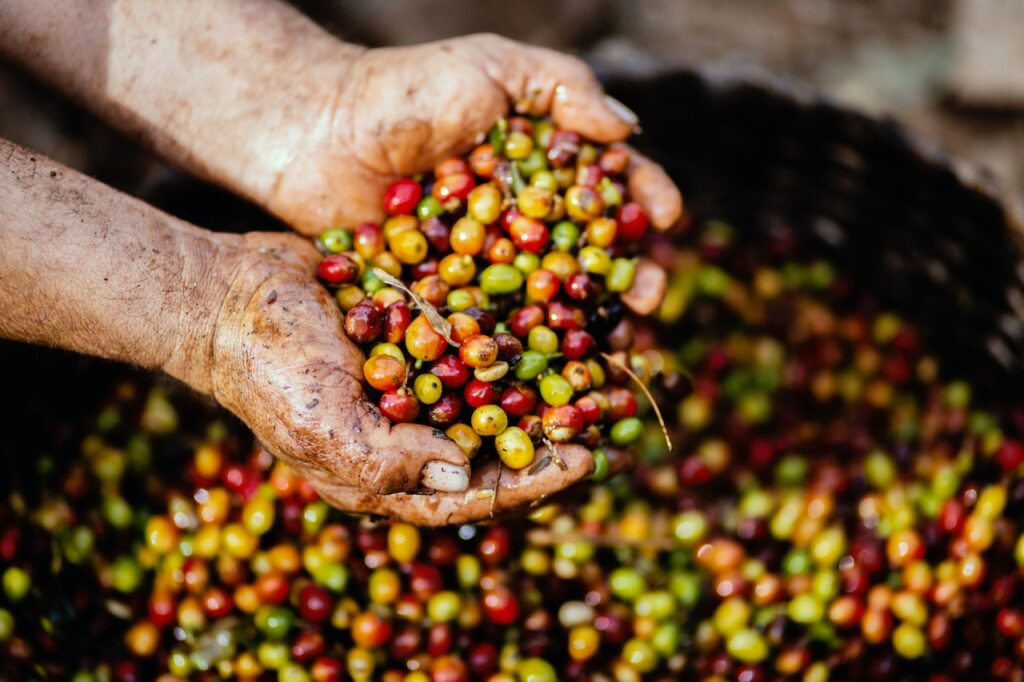
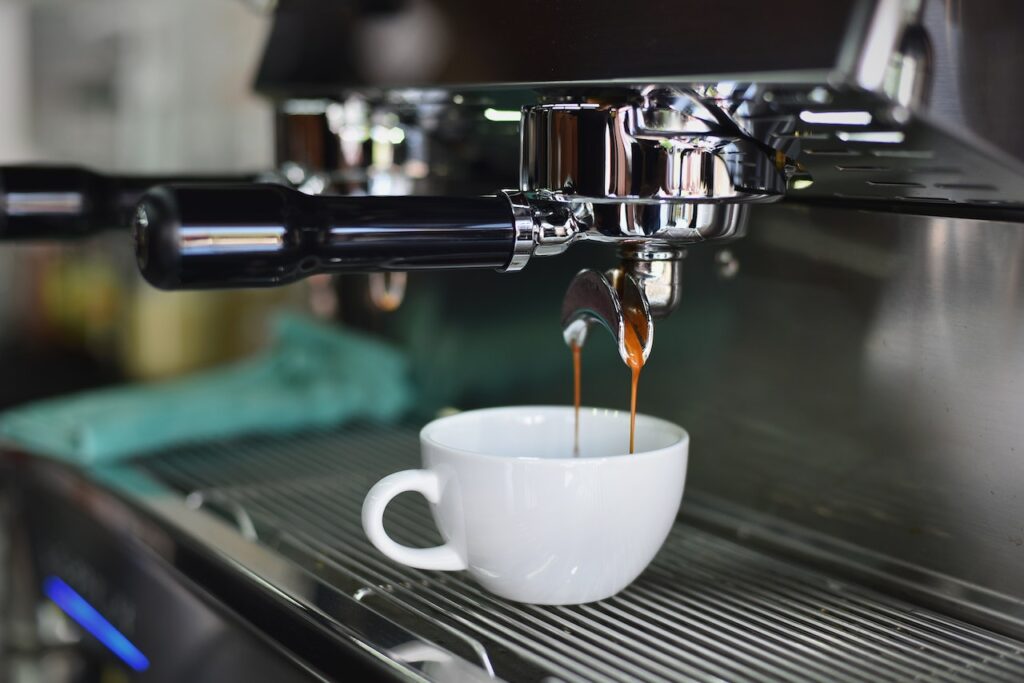
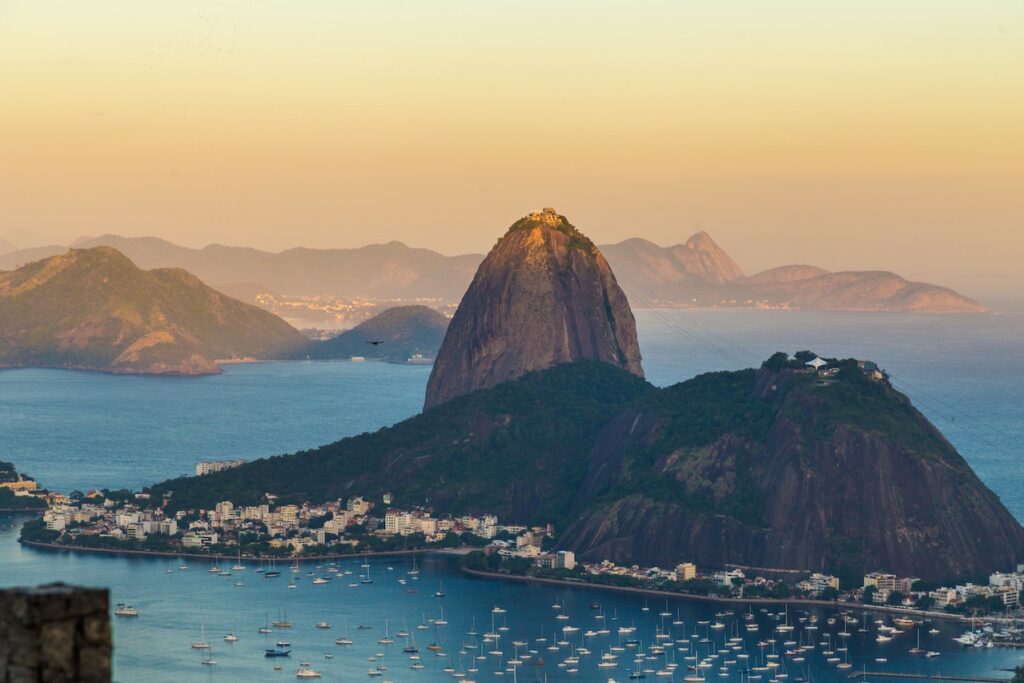
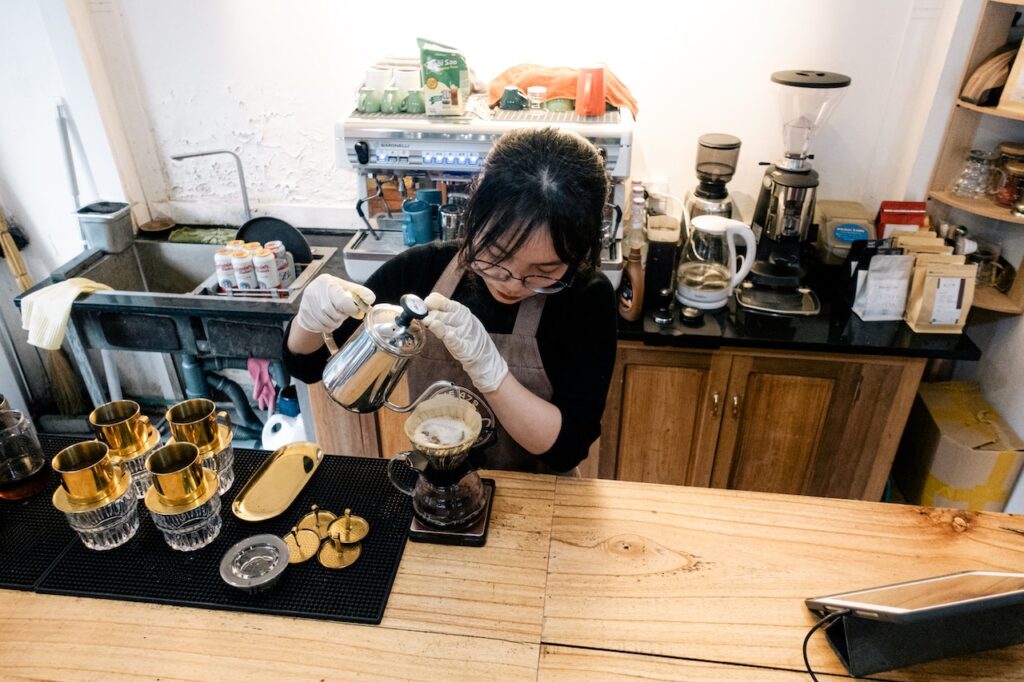
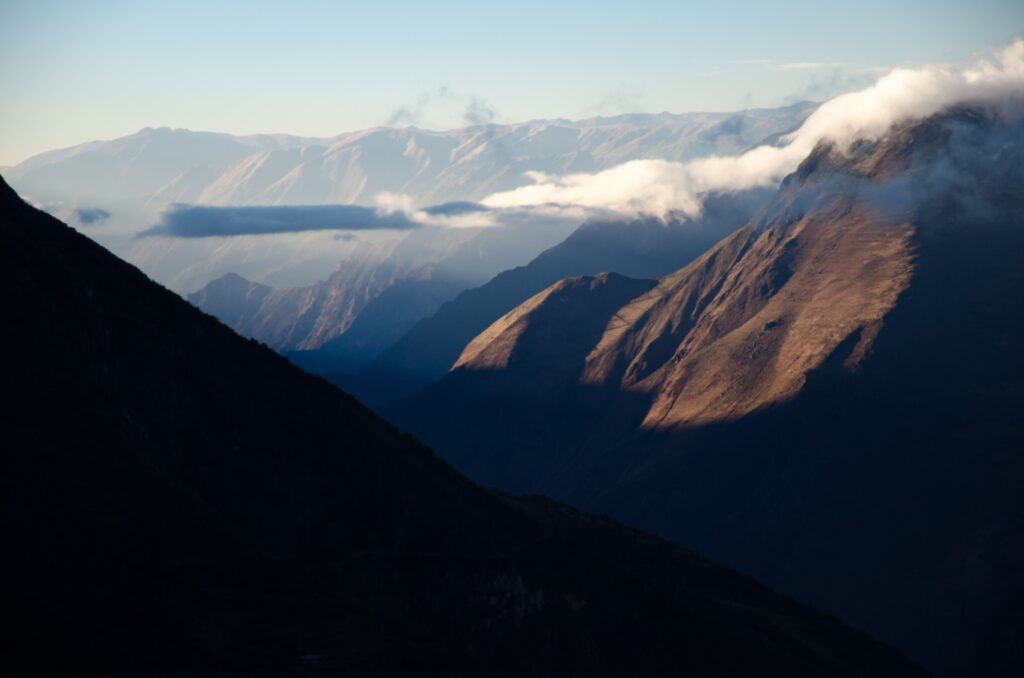

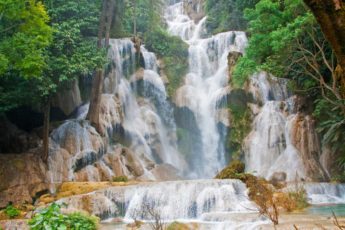
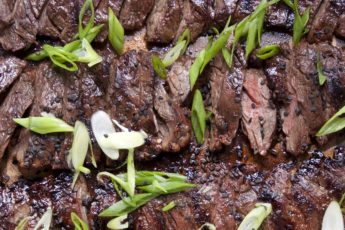
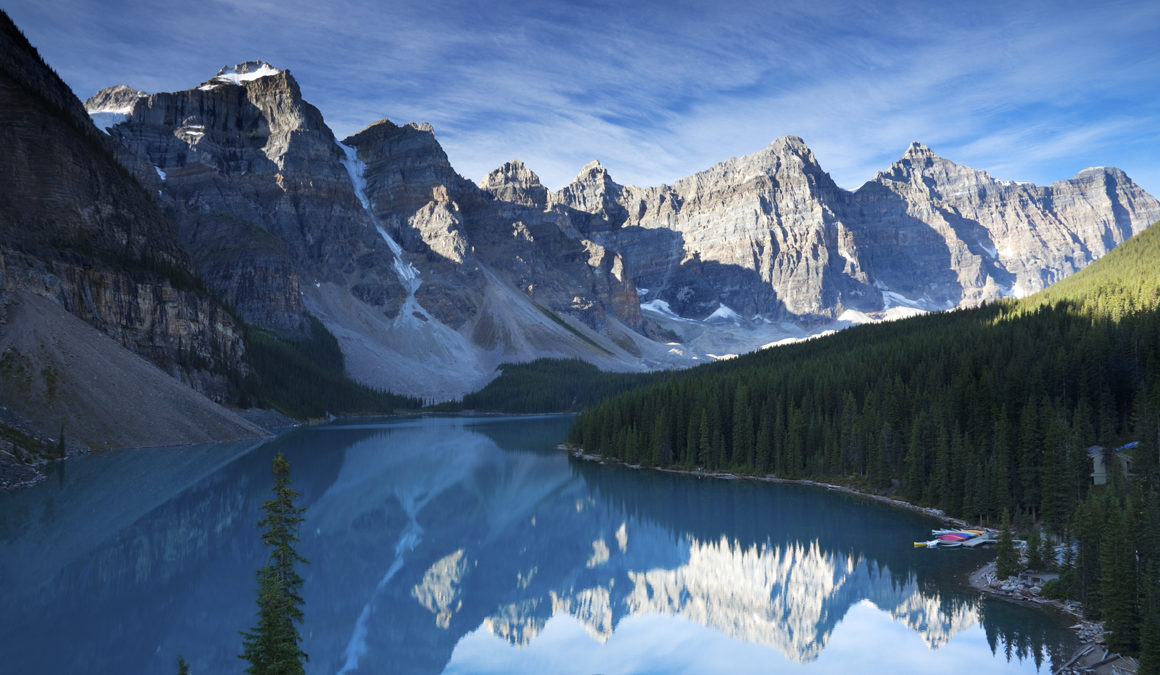
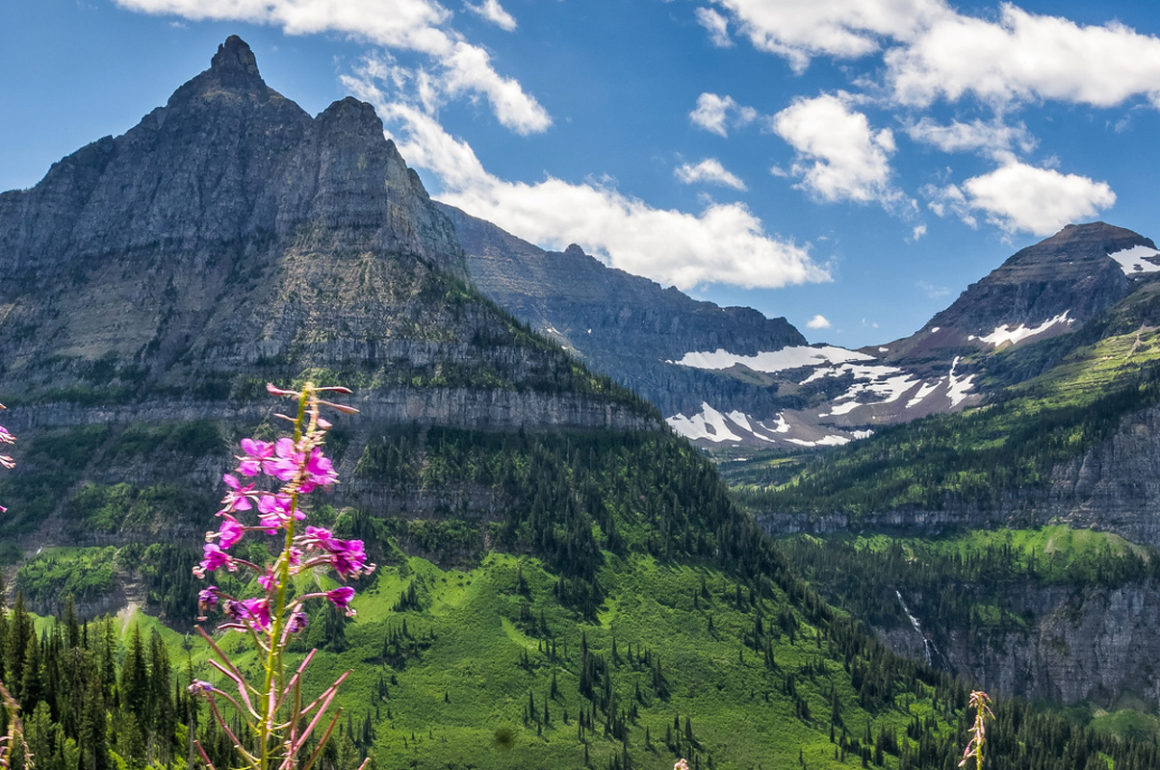
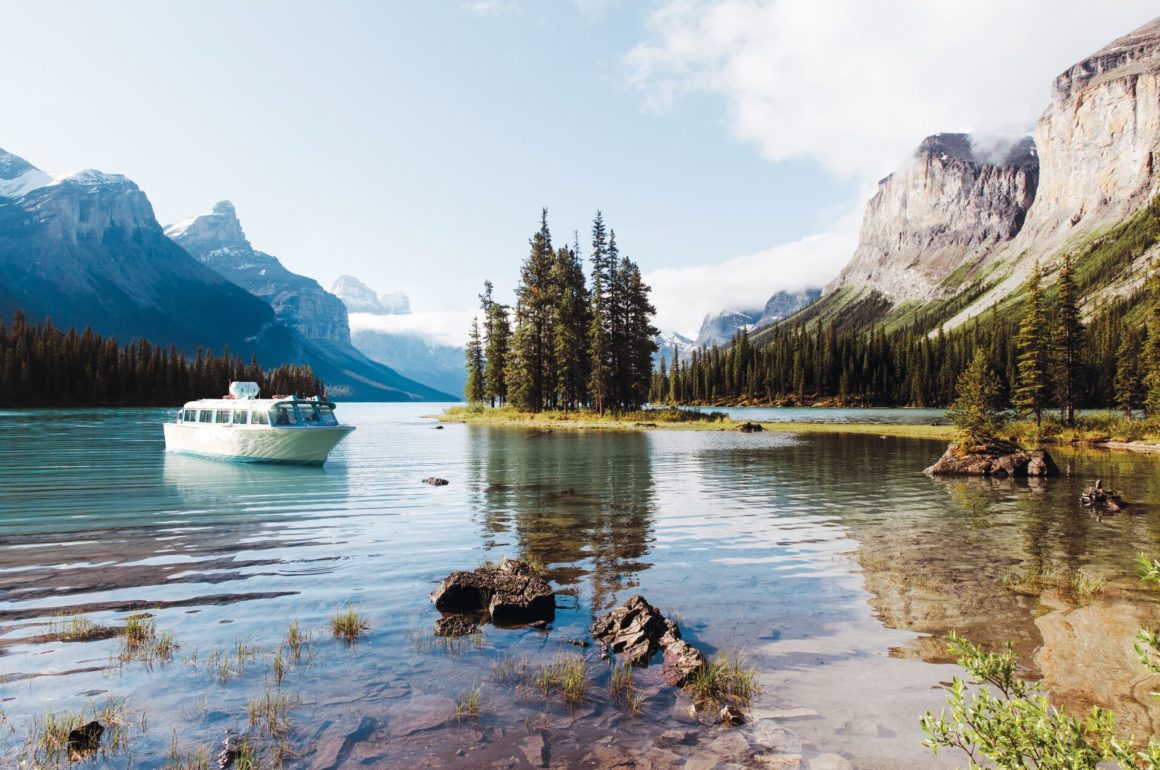
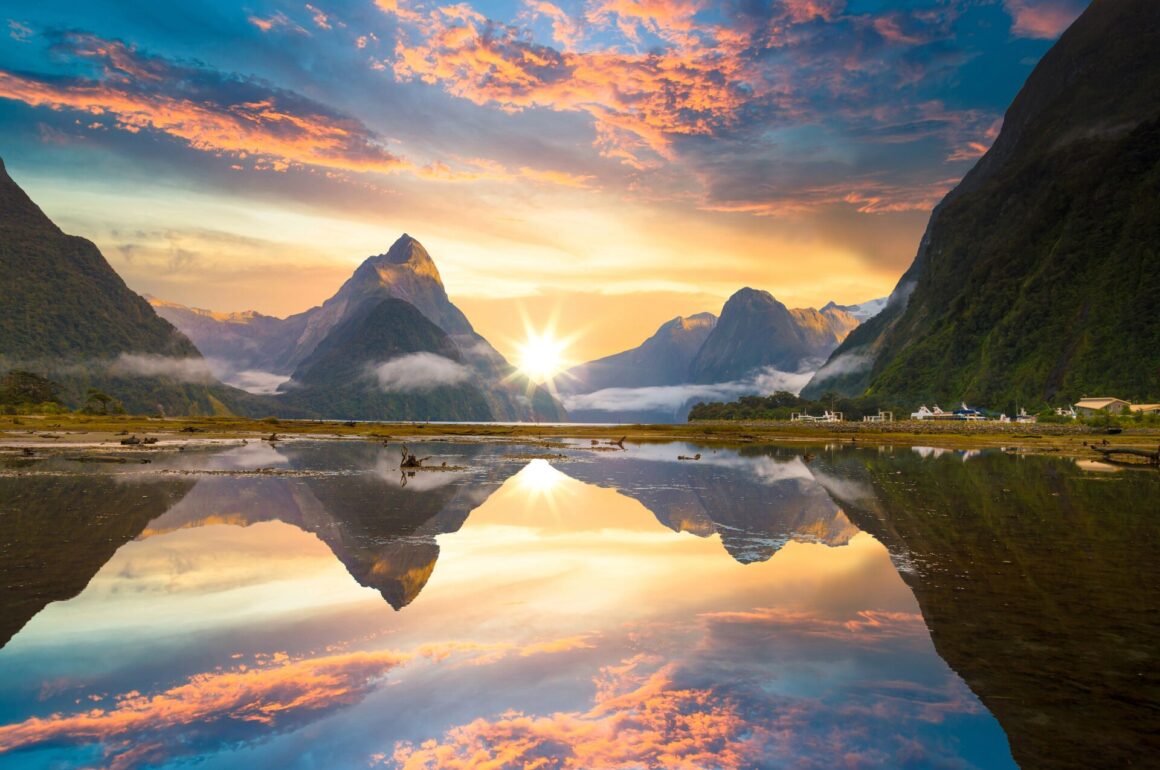
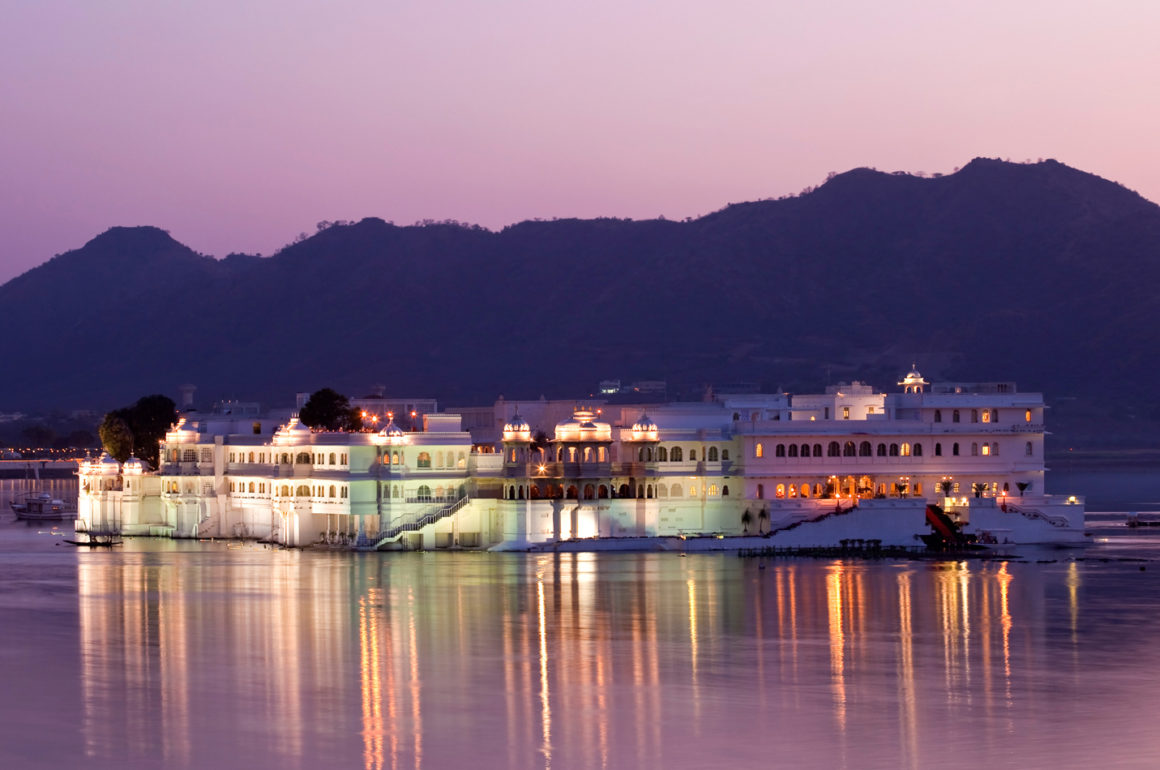
Leave a Comment